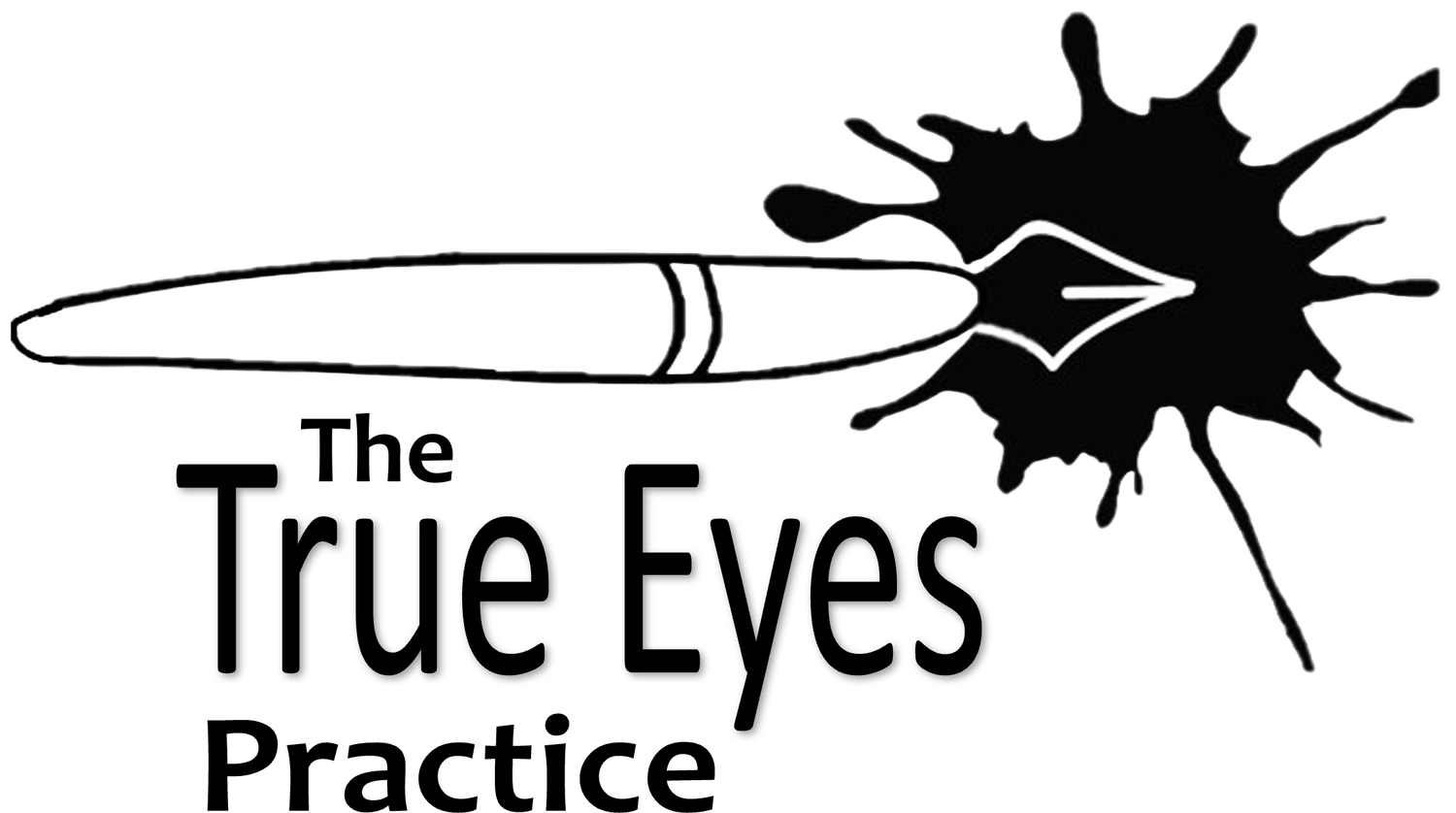Money Corrupts the Muse
If you’ve ever seen a print/calendar/coffee mug/greeting card/fabric hanging/pillow cover featuring a cozy cottage in a dark woods with light appearing to radiate from the cottage windows, you have seen a work by the late artist, Thomas Kinkade.
Kinkade, who trademarked “Painter of Light” to describe himself, is the Serious Art World’s poster child for the Great Artist Sell Out.
Money corrupts the creative muse.
You can make a case that he did sell out. To get the whole epic tale, you can read about him on Wikipedia. The short version is that he noticed his homey images were astoundingly popular with people who wanted to live with familiar-looking, calming art in their homes, and drink coffee out of mugs decorated the same way. He began to mass-produce different versions of the same idea on all the flat surfaces he could print on. At the height of his career, he was making millions per year and even selling gallery franchises for hundreds of thousands of dollars where the owners sold nothing but all Kinkade, all the time.
One of my closet friends loved his work and bought a wall-hanging, calendar and pillow covers for her home. She said his art made her feel peaceful and serene.
Kinkade died in 2012 of an overdose of drugs and alcohol.
It’s easy to construct a mythic tale of his rise and fall. Artist Sacrifices His Creativity, Struck Down By Despair in His Prime, or something along those lines. It sure looks like that’s what happened.
Maybe it did.
Two things (at least) to learn from his story.
First, and less obvious: it is possible to make money in a hundred different ways from your art.
Even if you think Kinkade’s work was kitschy, cliched, vulgar, tasteless, common, cheesy, or just plain junk, he was fabulously creative in the ways he used different media as vehicles for his art. You could buy a piece by him for $20 or for thousands (although he mass-produced all but the most expensive work). He and his marketing people figured out how to get his art into the hands of a broad range of buyers, at all different price ranges, and sold through hundreds or maybe even thousands of retail and online stores.
Second and more obvious: you believe your press and overlook your heart and muse at great peril to yourself.
According to the Wikipedia article, before he became America’s most collected artist, he drew obscene comic books and made lots of countercultural art. Who knows if he kept that up after the cottage art took off? I would guess not.
To write what I want to write, I fund myself by coaching creatives. I love coaching, and it’s my day job. My creative work (currently) is writing a memoir. I have 100% creative license when writing it, and I need that freedom to fuel the rest of my life. Unless I think it’s just too awful to see the light of day (I hope not!), it will get published one way or another. But no one may buy it (save my closest friends). I run that risk, and if no one does buy it I’ll have to work with the part of me that will undoubtedly feel ashamed and worthless. But I won’t mix up my day job with my art. I will always have to give myself permission and time and space to write creatively, exactly the way I want.
I’m guessing Kinkade confused his day job with his creative life. That confusion may have killed him.
When you start making art seriously, you need a day job to keep the lights on and to make it possible to create without worrying about the roof over your head. There’s no shame in having one; at the beginning of your career (and maybe throughout), they’re necessary. As long as you can make or find a good one, they can support your art instead of killing it.
It is possible to make a day job for yourself in the form of a side business. I’ll talk about that in subsequent posts.
The best way to stay creatively independent, to make your best work, is to fund it yourself. It’s not always easy, but the useful stuff never is.
How do you feel about all this? Do you have a day job? What’s it like? Does it support or detract from your creativity? Leave a note in the comments; I'd love to hear more.
Or check out the ten-week class I’m teaching, starting on July 9th. By the end of the class, you will have invented some useful ways to fund your art, along with finding the people who want your work, figuring out how to make relationships with them, and embarking on your personal journey to peace with money. Click here for more information.
